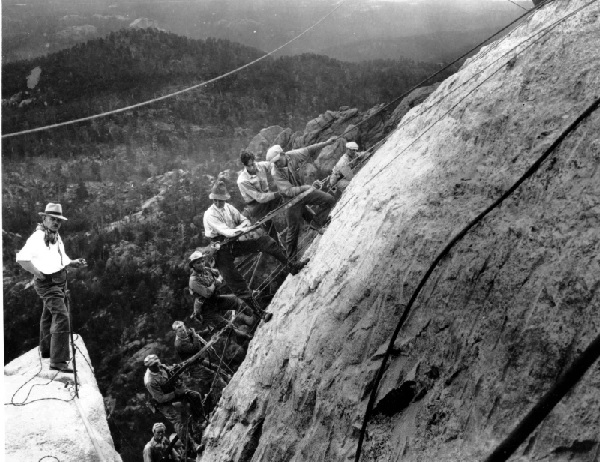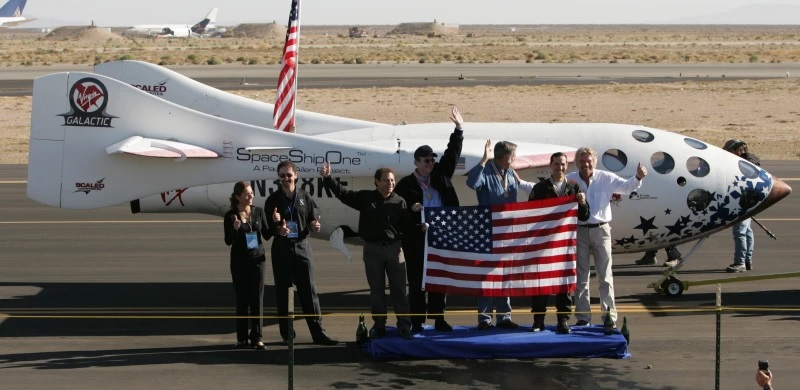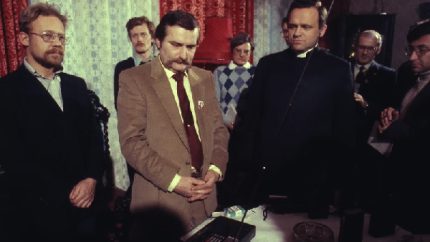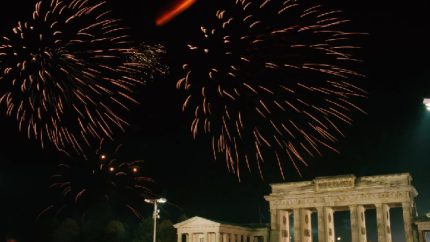
On October 4, 1927, sculptor Gutzon Borglum began construction on one of the most iconic monuments in U.S. history—Mount Rushmore. This ambitious project, carved into the Black Hills of South Dakota, features the towering faces of four U.S. presidents: George Washington, Thomas Jefferson, Theodore Roosevelt, and Abraham Lincoln. It took 14 years to complete and remains a symbol of American leadership and vision.
Also on this date:
In 1777, General George Washington’s troops launched a daring assault on British forces at Germantown, Pennsylvania, during the American Revolutionary War. Despite initial success, the dense fog and miscommunication among American forces led to heavy casualties. This battle was part of Washington’s ongoing efforts to challenge British control of Philadelphia, the revolutionary capital.
In 1957, the Space Age officially began as the Soviet Union launched Sputnik 1, the world’s first artificial satellite, into orbit. Weighing about 184 pounds, Sputnik 1 circled the Earth every 96 minutes and sent radio pulses that could be detected by scientists worldwide. This event ignited the space race between the U.S. and the Soviet Union, forever changing the course of technological development.
In 1965, Pope Paul VI made history by becoming the first pontiff to visit the Western Hemisphere. Addressing the United Nations General Assembly in New York, he called for world peace amid Cold War tensions. His visit marked a turning point in the relationship between the Catholic Church and the modern world, emphasizing the Church’s role in advocating for global harmony.

In 1970, rock legend Janis Joplin was found dead in her Hollywood hotel room at the age of 27, a tragic end to her short but influential career. Known for her powerful voice and raw emotion, Joplin was a central figure in the counterculture movement of the 1960s. Her death, likely due to a heroin overdose, has contributed to the mythos of the “27 Club,” a group of iconic musicians who died at that young age.
In 2001, tragedy struck when a Russian airliner flying from Israel to Siberia was accidentally shot down by a Ukrainian antiaircraft missile over the Black Sea, killing all 78 people aboard. Investigations later revealed that the missile was part of a Ukrainian military exercise gone wrong. This incident worsened tensions between Russia and Ukraine, and remains a painful memory for the families affected.
In 2002, John Walker Lindh, known as the “American Taliban,” received a 20year sentence after pleading guilty to supporting the Taliban. In a dramatic courtroom moment, Lindh tearfully asked for forgiveness before the judge. His capture in Afghanistan after the 9/11 attacks had shocked the U.S., and his trial highlighted the complexities of international terrorism and loyalty. He was released from prison in 2019 after serving 17 years.

In 2004, the SpaceShipOne rocket plane made its second successful trip to the edge of space within five days, capturing the $10 million Ansari X Prize. This event marked a significant milestone in private space exploration, demonstrating that space travel was not limited to government agencies like NASA. It was a key moment in the commercialization of space, paving the way for future space tourism.









